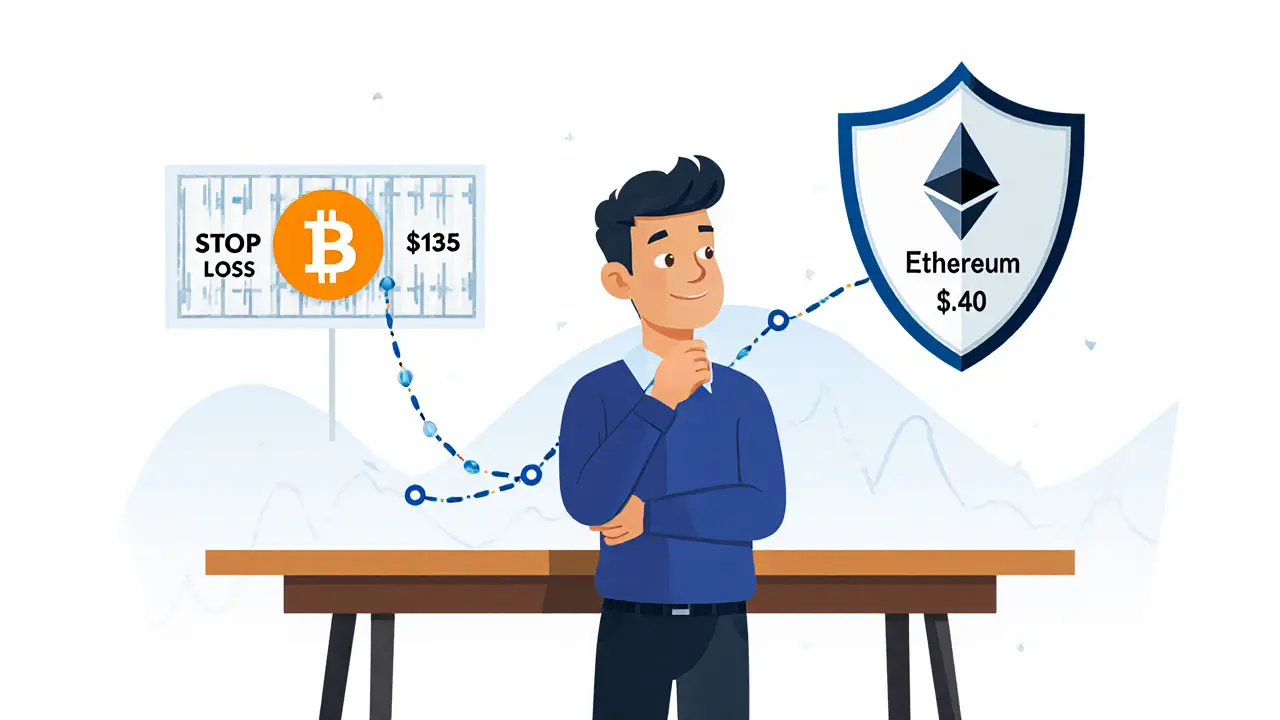Stop-Loss: How to Protect Your Crypto Investments from Big Losses
When you buy stop-loss, an automated order that sells your crypto when it drops to a set price. Also known as limit sell order, it’s one of the few tools that actually keeps you from losing everything when the market turns sour. Most people jump into crypto because they hear about quick gains, but few plan for the crashes. A stop-loss isn’t about being afraid—it’s about being smart. It’s the difference between walking away with 20% less and losing 80% because you hoped the price would bounce back.
Stop-loss orders work on every major platform—from centralized exchanges like Binance to decentralized ones like PancakeSwap and Verse. They’re not magic, but they’re essential. Think of them like a seatbelt. You don’t wear it because you expect to crash, but because when you do, it saves your life. In crypto, crashes happen often. Remember Cobinhood? Zero fees, but no support when things went bad. Or Zeddex, with no liquidity and no safety nets? Those are the places where stop-losses aren’t just helpful—they’re your last line of defense.
It’s not just about picking a price. You need to know risk management, the practice of setting limits on how much you’re willing to lose on any single trade. Also known as position sizing, it’s what separates traders from gamblers. If you put 10% of your portfolio into a coin and set a 15% stop-loss, you’re risking just 1.5% of your total funds. That’s manageable. But if you go all-in on a token like Landboard—zero volume, no team, no future—and don’t set a stop-loss? You’re not trading. You’re donating.
Some people say stop-losses get triggered by market manipulation. That’s true sometimes. But not setting one means you’re letting the market manipulate you. Look at Thoreum or SMAK airdrops—people chased hype, ignored risk, and ended up holding worthless tokens. A stop-loss wouldn’t have stopped the hype, but it would have stopped the bleeding.
And it’s not just for short-term trades. Even if you’re holding for the long term, you still need a stop-loss. Why? Because crypto doesn’t care if you believe in it. If a project like Secret Network or Mantle Staked Ether drops 40% because of a broader market crash, you don’t want to sit there watching it fall to 70% below your buy price. A stop-loss lets you exit cleanly, wait for the next cycle, and come back stronger.
You’ll find real examples in the posts below—how traders used stop-losses on BSC, how people lost money by skipping them on fake exchanges like Welcoin, and how even regulated markets like Thailand and India require disciplined exits. These aren’t theoretical ideas. They’re lessons from people who got burned. And they’re all here to help you avoid the same mistake.
Stop-Loss vs Trailing Stop: Which One Protects Your Crypto Trades Better?
Stop-loss and trailing stop orders are essential tools for protecting crypto trades. Learn how each works, when to use them, and how top traders combine both to maximize gains and minimize losses.
Details +